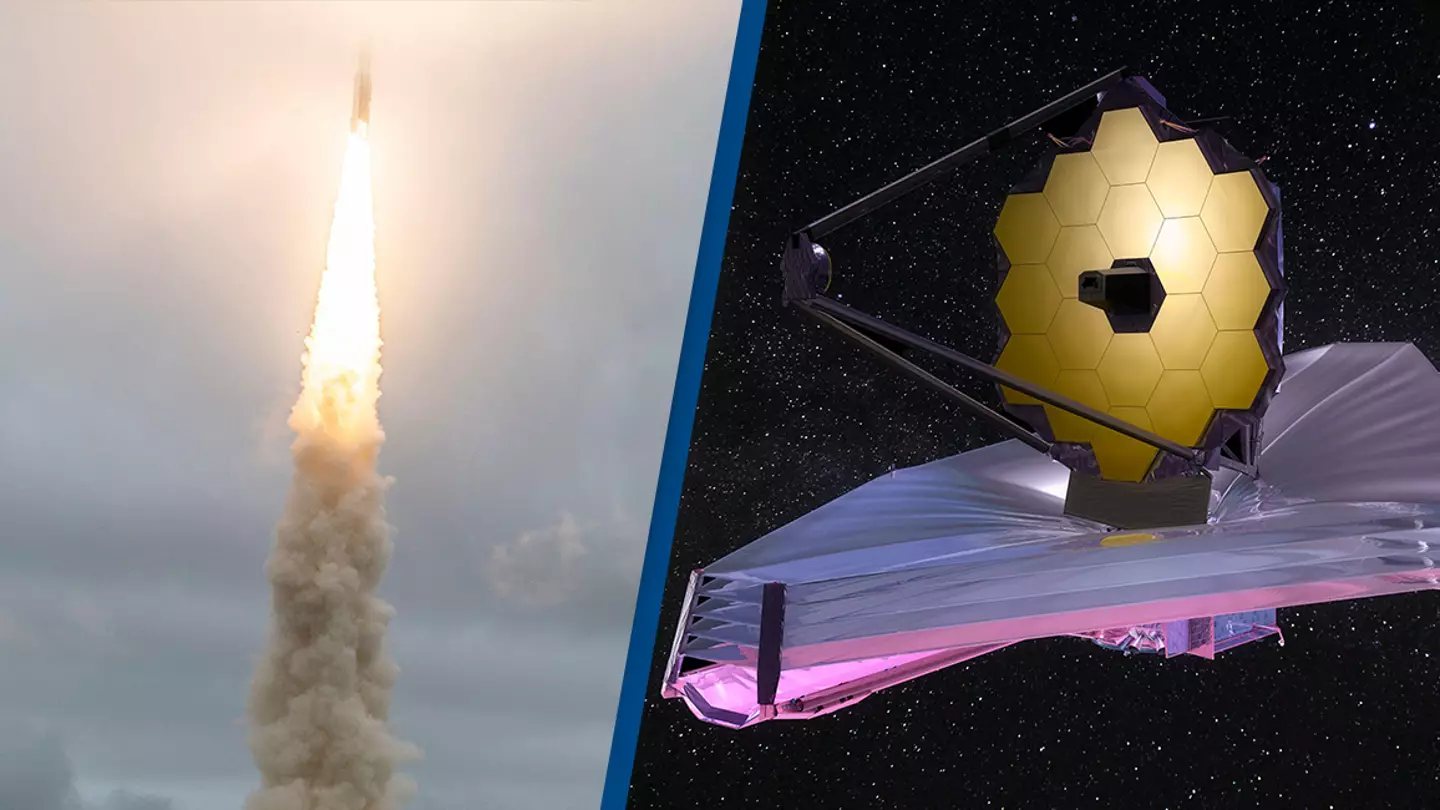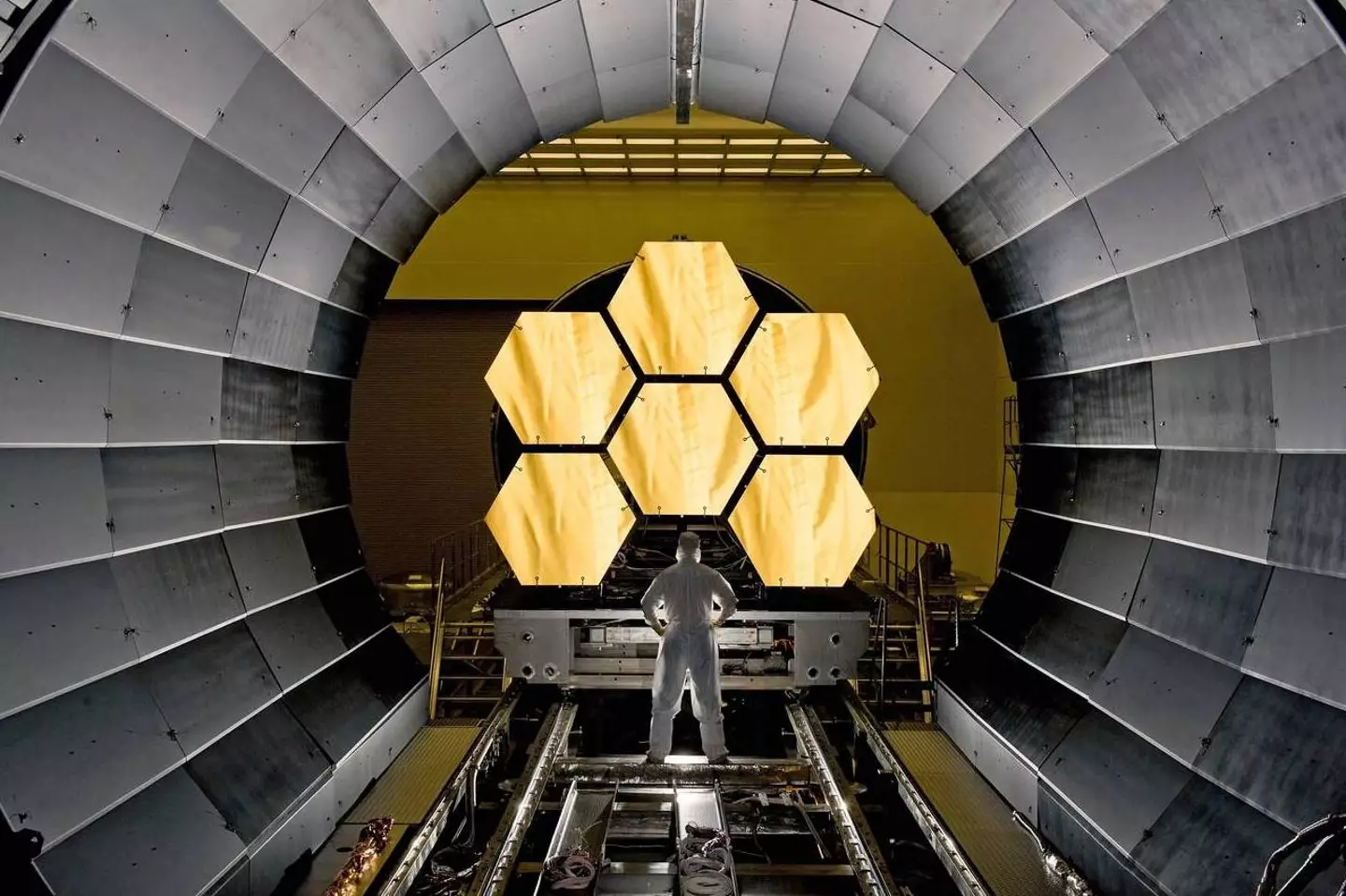

A month after launch, the James Webb telescope has landed in its orbital position.
NASA has confirmed that the operation had gone as planned, with the James Webb Telescope – the world's most powerful telescope – firing rocket thrusters for around five minutes to fall into orbit with the sun at its designated spot.
Advert
While mirrors must be aligned and detectors chilled before observations can begin in June, the update is good news for flight controllers.

As per Metro, Bill Nelson, a NASA administrator, said, 'We’re one step closer to uncovering the mysteries of the universe, and I can’t wait to see Webb’s first new views of the universe this summer.'
So, why is the James Webb Telescope so important?
Advert
Well, it'll allow astronomers to see back in time further than ever before – as far back as when early stars and galaxies were forming 13.7 billion years ago, around 100 million years from the Big Bang.
In addition to looking at the formation of stars and galaxies, the telescope can also look for possible signs of life in the universe.

The telescope is gold-plated and always faces the Earth's night-side, in order to keep the detectors as cool as possible.
Advert
So far, the mission has been a success, with a sunshield the size of a tennis court unveiling on January 10 and a gold-coated mirror unfolding a few days after.
This brings us to Monday, January 24, when the telescope was placed it into orbit with the sun at its second Lagrange (L2) point.
This is a point where the gravitational forced of the sun and earth are in balance.
With the telescope placed one million miles away from earth, it is four times as far away as the moon.

While this means the telescope will be able to see far and wide, it also means that emergency repairs are not possible.
Advert
This makes the success of each step of the mission vital.
As per the BBC, Kyle Hott, a mission systems engineering lead at Northrop, said, 'We were thrilled with the precision and success of all those deployments.'
He went on to add, 'It's pretty incredible to think that it was all just a concept on paper decades ago, and now it's actually here, arriving at L2. Morale is high and we're so very excited.'
The James Webb Telescope is considered the successor of the Hubble telescope, which orbits 330 miles up.
If you have a story you want to tell, send it to UNILAD via [email protected]Topics: NASA, Space, Technology, Now
